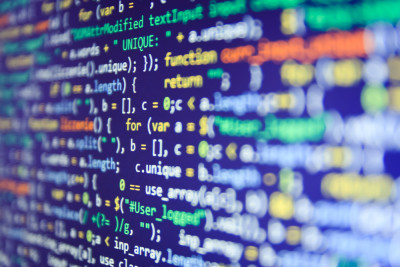It is a well-known fact that China is leading in its adoption of AI. There are many Chinese schools which welcomed AI wholeheartedly and implemented it into their daily operations over the past few years. AI is being used to open the gates to enter the school premises, to keep track of attendance, and improves teachers teaching methods.
A high school in Eastern China has implemented the “intelligent classroom behavior management system”. This system is implemented in a class room and make a scan every thirty seconds to analyze the behavior of the students. It processes facial expression and by doing so can identify emotions and activities. Emotions like happy, sad, angry, and activities such as reading, writing, and listening, which can come across as very frightening news.
This is in line with the current political view of the leading Chinese party and it moves much further than schools. Since General Secretary Xi Jinping has placed great importance on innovation, and put AI’s development at its core. Secretary Xi emphasized AI will have great positive consequences on economic and social development. It is therefore not unrealistic to predict a future for China in which AI is leading in many schools and in more aspects of daily life. This goes hand in hand with some pushback by Chinese citizens of course. For example, the parents of students have spoken up about their worries of AI invading privacy. There have also been many news items about AI, how it will change China, and how it will bring personal details into the open.
What we should realize is that AI is still in its infancy. It is currently being used as a tool to collect a lot of data, but it’s too much and irrelevant to process. AI is in the “peak of inflated expectations phase” of the Gartner Hype Cycle and soon the ‘public’ will realize it has many limits. However, this is when the valid concerns should start. As we move along the Hype Cycle we see that in a few years, after the trough of disillusionment, AI will reach its slope of enlightenment. This is the phase where AI will turn China into one enormous social experiment. Namely, if Chinese politics continues to integrate AI into daily operations, with relatively little pushback from citizens, there will be major consequences in the future. If these consequences will be positive or negative is difficult to predict right. However, China’s goal of becoming the world’s front runner in the integration of Artificial Intelligence in the next 11 years is realistic.
Source:
https://time.com/collection/davos-2019/5502592/china-social-credit-score/
https://newatlas.com/china-ai-education-schools-facial-recognition/54786/
https://www.telegraph.co.uk/china-watch/technology/artificial-intelligence-in-schools/
https://www.scmp.com/news/china/politics/article/3027349/artificial-intelligence-watching-chinas-students-how-well-can
https://www.newamerica.org/cybersecurity-initiative/digichina/blog/read-what-top-chinese-officials-are-hearing-about-ai-competition-and-policy/


